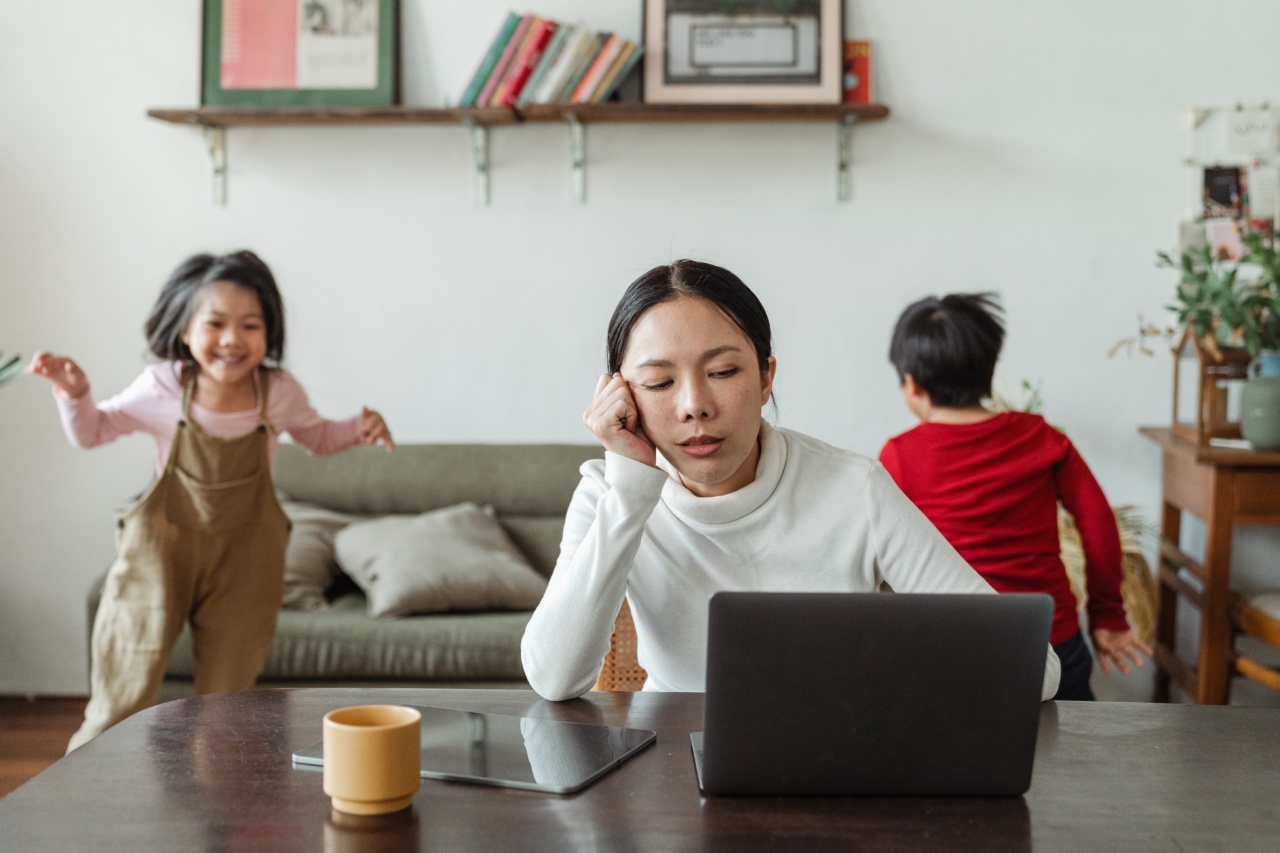Anxiety is a normal emotion that everyone experiences at some point in their lives. It helps us to be alert and respond to potential threats or challenges.
However, when anxiety becomes excessive, persistent, and interferes with daily activities, it can be considered a mental health disorder.
Anxiety disorders are the most common mental health disorders in children. It is estimated that up to 1 in 5 children will experience anxiety symptoms that require professional treatment.
The most common anxiety disorders in children include separation anxiety disorder, generalized anxiety disorder, social anxiety disorder, and specific phobias.
Risks and Causes of Anxiety in Children
There is no single cause of anxiety in children. It is believed to be caused by a combination of genetic, biological, environmental, and psychological factors. Some of the common risk factors for anxiety in children include:.
Family history of anxiety or mental health disorders
Children with a family history of anxiety or other mental health disorders are more likely to develop anxiety themselves. This may be due to genetic factors or the influence of the family environment.
Stressful life events
Children who experience traumatic or stressful life events such as divorce, abuse, or the death of a loved one may be more prone to anxiety disorders.
Parenting style
Parents who are overprotective or overly critical of their children may increase their risk of developing anxiety disorders. This can cause children to feel unsupported and insecure.
Personality traits
Children who are naturally shy, sensitive, perfectionist, or have low self-esteem may be more likely to develop anxiety disorders than their peers.
Symptoms of Anxiety in Children
Anxiety symptoms in children can vary depending on the type and severity of the disorder. However, some of the common symptoms of anxiety in children include:.
Excessive worry or fear
Children with anxiety disorders may worry excessively about normal everyday activities and events. They may fear specific things or situations such as the dark, animals, or social situations.
Physical symptoms
Anxiety can also cause physical symptoms such as stomachache, headaches, sweating, shaking, and muscle tension.
Behavioral symptoms
Children with anxiety disorders may exhibit behavioral symptoms such as avoidance of certain situations or activities, clinginess, or extreme shyness.
Treatment Options for Anxiety in Children
Early diagnosis and treatment are important in managing anxiety disorders in children. The most effective treatment options for anxiety in children include:.
Psychotherapy
Psychotherapy, also known as talk therapy, involves talking with a mental health professional to learn how to manage anxiety symptoms.
Cognitive-behavioral therapy (CBT) is a common type of psychotherapy that teaches children how to identify and change negative thought patterns that may contribute to their anxiety.
Medication
In some cases, medication may be prescribed to manage anxiety symptoms. Antidepressants and anti-anxiety medications may be used in children with severe anxiety disorders.
However, medication should be used as a last resort and under the supervision of a qualified health professional.
Lifestyle changes
Encouraging healthy lifestyle habits such as regular exercise, a balanced diet, adequate sleep, and stress management techniques can help reduce anxiety symptoms in children.
Conclusion
Anxiety in children is a common mental health disorder that can interfere with daily activities and social relationships.
Understanding the risks and causes of anxiety in children can help parents and caregivers take steps to manage anxiety symptoms early on. With the right treatment and support, children with anxiety disorders can learn to manage their symptoms and lead happy, healthy lives.































